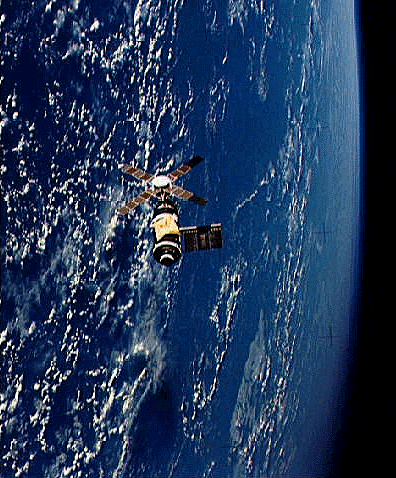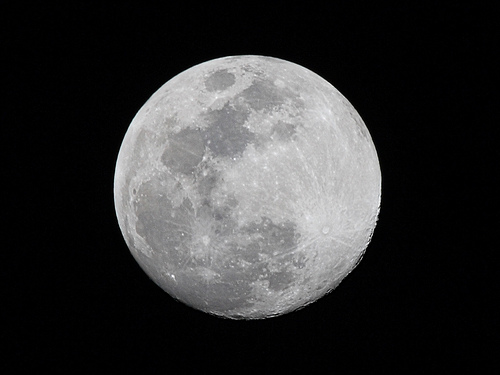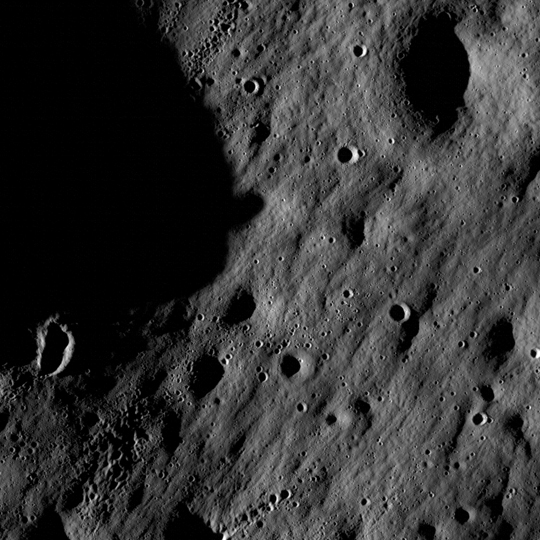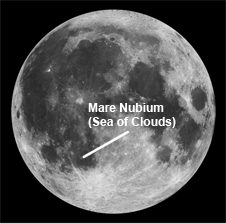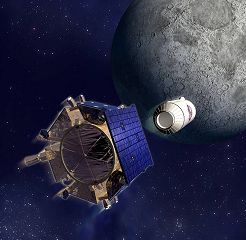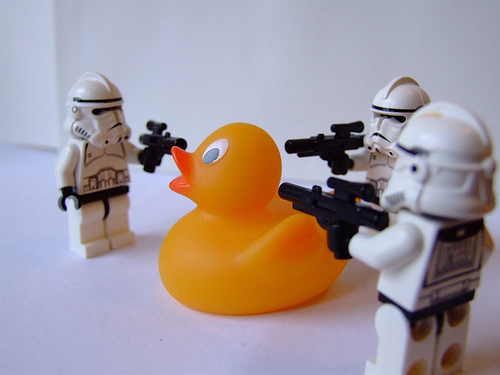Forty years ago today — July 16, 1969 — Neil A. Armstrong, Edwin E. “Buzz” Aldrin, and Michael Collins launched from the Kennedy Space Center aboard a Saturn V booster (number SA-506) on Apollo-11, the first manned mission to land on the moon.
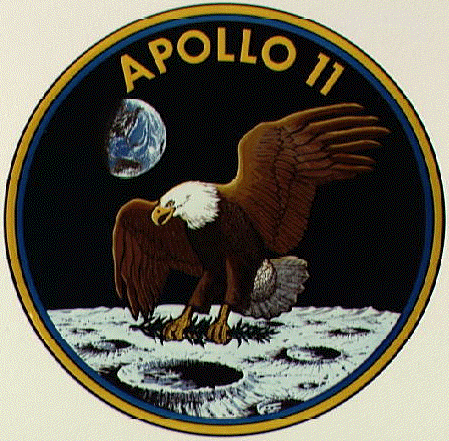
(Apollo-11 mission patch. NASA image.)
I’m not old enough to remember President Kennedy and his bold proposal to land men on the moon and return them safely to earth. I wish I remembered more about the lunar landings as they happened, but memory is a fickle thing and my childhood memories are fleeting at best.
Thankfully I have access to the Internet to augment my memory. From one of the NASA history sites, here’s a list of the firsts accomplished by Apollo-11:
- First lunar landing and return mission.
- First test of landing radar and other landing systems on the Lunar Module under operational conditions.
- First lunar surface extravehicular activity (EVA).
- First human foot print on the lunar surface: Neil Armstrong’s left foot.
- First man-made items on the lunar surface, including: the first seismometer, first laser reflector, and first solar wind experiment deployed on the Moon.
- First lunar soil and rock samples returned to Earth.
- First use of mobile quarantine facility.
- First use of the Lunar Receiving Laboratory at the Manned Spacecraft Center (now Johnson Space Center).
And, my personal favorite: the first meal eaten on the Moon “consisted of four bacon squares, three sugar cookies, peaches, pineapple-grapefruit drink and coffee.”
If you want to learn more, NASA’s Human Space Flight Office has a good web page about Apollo-11, and the “We Choose the Moon” site is a nifty interactive tribute to the mission.
I don’t know if it’s because of the Apollo program and the space enthusiasm that permeated the country when I was young, or because of STAR TREK, Robert A. Heinlein, Larry Niven, and the many science fictional adventures I enjoyed, but when I look at the moon I still want to go there, live there, explore and build there. And since I can’t do that in real life, I do it in my imagination and in my stories — even if only I and a few friends will ever enjoy them.
So Godspeed, Apollo-11, and thanks.




